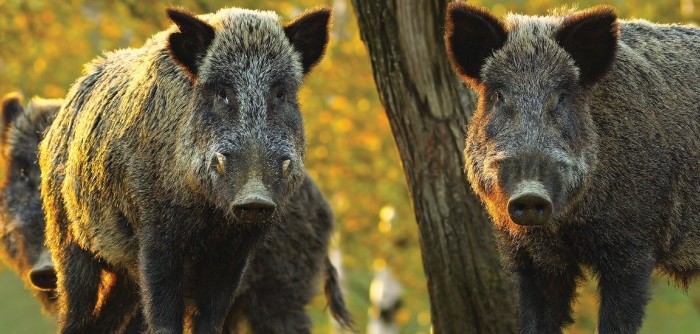African Swine Fever (ASF) is now affecting several other key pig meat trading countries, including Vietnam, the Philippines, and South Korea. A new report from AHDB explores the supply and demand impact of these countries and what it could mean for global pork trade.
Vietnam
In 2019, Vietnam imported 174,000 tonne of pig meat. Over three quarters of this was pig offal, mostly imported from Europe and the US. Over the same period, the Southeast Asian country imported 26,200 tonnes of fresh/frozen pork, mostly from Brazil (43.13%)
Following reports of the first ASF outbreak in Vietnam in February 2019, 5.9 million pigs, just over a fifth of the country’s pig herd, were culled to prevent further spreading. Gira Foodservice estimates that Vietnamese pig meat production fell by 17% in 2019, and could fall by a further 52% in 2020.
The Philippines
In the first 11 months of 2019, the Philippines imported 288,000 tonnes of pig meat according to national statistics, two third of which was pig offal, mostly imported from Europe and the US. Over the same period, the Philippines imported 89,000 tonnes of fresh/frozen pork. A third of this was from Canada (35,500 tonnes), with notable supplies from Europe and the US.
Following the first cases of ASF in the country in July 2019, the Philippines banned imports from other affected countries, including pork from Germany after a shipment was found to contain Polish pork. As a result, imports to the country were down 12% from Jan-Nov 2019 on the previous year over the same period. Falling demand may also have played a part in the decline.
OIE figures show that nearly 192,000 Filipino pigs have been killed due to ASF so far, apporximately 1.5% of the nation’s herd.
According to both USDA and Gira estimates, a decline is expected in 2020. Gira anticipates that production will drop by 20% in 2020 with a 15% drop in consumption. USDA estimates are less severe, with a 10% drop in production forecast.
South Korea
The majority of South Korea’s pig meat imports are fresh/frozen pork (525,000 tonnes in 2019), mostly from the US, Germany and Spain.
ASF was first reported in South Korea in September 2019. Between then and November, it is reported that around 380,000 pigs have been killed a result, approximately 3% of the national herd. Gira Foodservice expects production will reduce by 4% this year as a result, assuming that the disease remains under control.
Trade opportunities
The latest USDA forecasts expect a 25% (+60,000 tonnes) increase to the Philippines and a 1% (+10,000 tonnes) increase to South Korea. The USDA Livestock and Poultry report does not include import forecasts for Vietnam, although both Gira and Rabobank are expecting import growth this year.
The factors which may affect imports are:
- The severity and spread of ASF in each country (including supplier countries, namely Germany)
- Domestic demand; if consumers move away from pork to other proteins, especially in China, this may reduce import volumes
- The effect of elevated pork prices as countries compete for available supplies
- Infrastructure limitations in receiving countries, particularly Vietnam
AHDB analyst Hannah Clarke said: “With falling production anticipated in these countries, higher imports are expected, to help meet demand.
“Production has been expanding in the US and Brazil in response to strong Asian demand. It seems likely these suppliers will pick up on the additional export opportunities this year. Rising export demand is also expected to stimulate some modest growth in pork production in Europe. This, combined with a relatively stagnant domestic market, may also mean it’s likely more EU pork will be exported this year. Although, local ASF threats remain a risk to trade.
“The UK currently has a small share of the Philippine and South Korean pig meat markets, so may be able to benefit from demand growth in these regions. However, this would only be if prices offered could compete with China and the domestic market. The UK does not have market access to Vietnam for pig meat currently.”




